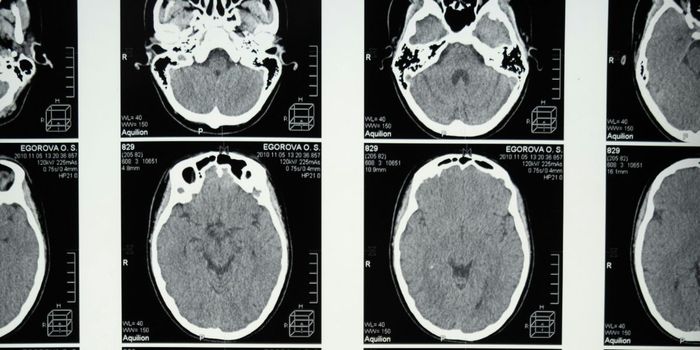Using a popular anti-smoking drug to control brain cells
Designer receptors exclusively activated by designer drugs, or simply called designer receptors, are specially engineered proteins that are used to control the activity of neurons. Specific drugs bind very precisely to the receptors to turn them on, similar to a lock-and-key mechanism, and this causes an increase or decrease in neural activity of the cell. By placing these receptors only in certain groups of neurons, scientists can very precisely control this group of cells while leaving other cells unperturbed.
For two decades, this method, called chemogenetics, has worked exceptionally well to control neurons in rodents, and more recently in non-human primates, for research applications. Scientists have spent years matching drugs with receptors to achieve precise and effective combinations, yet making this technology feasible for clinical use in humans has been challenging.
Other scientists working on this approach "often use molecules that would not be appropriate for human therapy," Sternson says. "It's still many steps to the clinic, but we're trying to shorten that route."
Rather than creating a new drug, Scott Sternson, a group leader at the Howard Hughes Medical Institute's Janelia Research Campus, took a different approach by sifting through existing FDA-approved drugs, and upon finding a viable candidate, tweaked the structure of the drug's receptor.
Sternson and his team decided on varenicline (i.e. Chantix(R)), a commonly prescribed drug that reduces nicotine cravings. Then, the research group modified the structure of two ion channel proteins to make varenicline bind extremely well to the receptor. One receptor makes neurons more active, and another shuts them down or silences cells when the drug is on board, just like traditional designer receptors. The best part about the drug? It can be used in ultralow doses to control neurons, which means less unwanted side effects in people.
Photo source: Forbes/ Bloomberg
"These are the most potent chemogenetic receptors described so far," Sternson says. Even low doses of varenicline -- well below the level used for smoking cessation -- can have a big effect on neural activity.
In the lab, chemogenetics is widely used by neuroscientists to study how neural activity is related to animal behavior. Sternson and his team, however, seek to use chemogenetics to treat human diseases. The ability to turn specific cells on or off with precision is the future of therapeutics. For example, Sternson believes the technology may be used to treat pain by targeting only injured parts of the body. This is important for reducing the incidence of addiction to pain killers. Another example is severe epilepsy. Rather than surgically remove parts of the brain associated with seizures, designer receptors can be placed into neurons in these regions and patients could take a drug that targets and/ or regulates these specific cells.
Source: ScienceDaily









